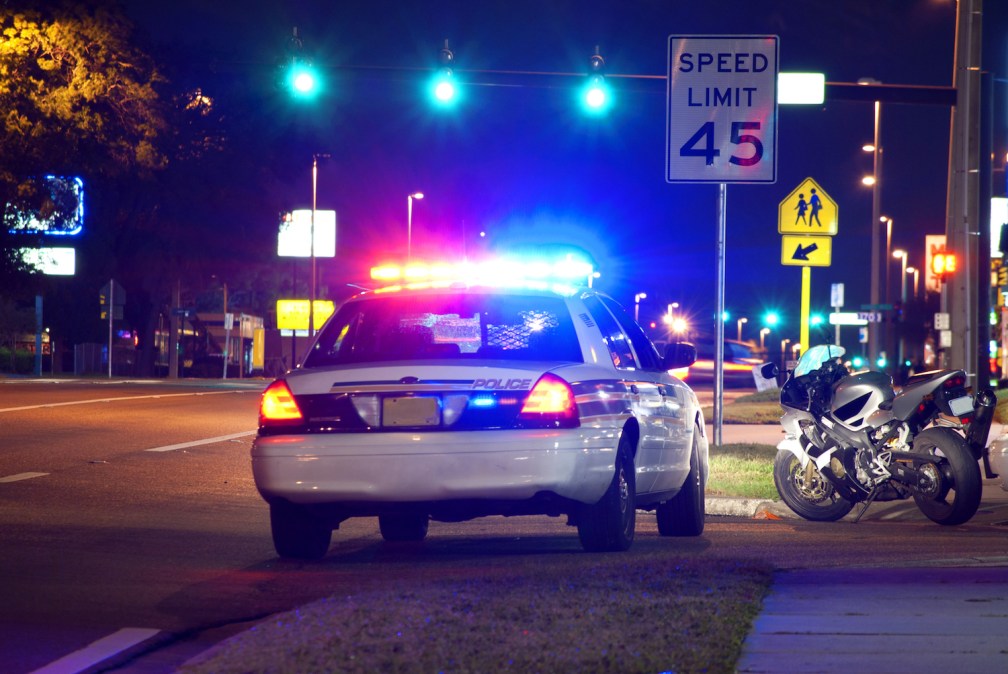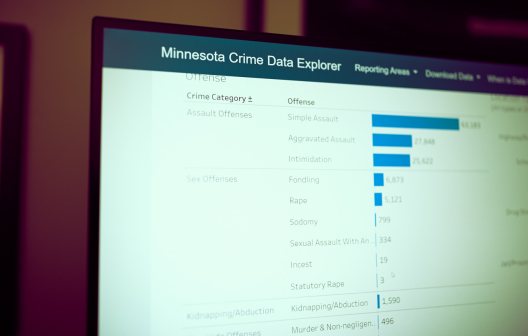California’s new online dashboard shows who’s getting stopped by cops

Five years after California lawmakers passed legislation to prevent law enforcement officers from racially profiling individuals, a new online database from the state Department of Justice is making it easier for researchers and the public to track who police are stopping on sidewalks and roads, and why those stops are being made.
Attorney General Xavier Becerra’s office launched the new dashboard on Thursday alongside its third annual report of all traffic and pedestrian stops conducted by the state’s eight largest law enforcement agencies, as mandated by the Racial and Identity Profiling Act of 2015, or RIPA. It’s the second dashboard to be launched under the state’s Open Justice initiative, joining another site that publicizes and visualizes criminal justice data.
The dashboard about police stops contains data spanning from July 1, 2018 to Dec. 31, 2018, and is designed to help users compare and contrast statistics among different identity groups. It also contains a glossary of terms used in the visualizations, like “Actions Taken by Officer during Stop” which refers to all actions taken by any officer present during a specific stop, and “Identity group,” which refers to the perceived race, ethnicity, gender, sexual orientation and other details about the person who was stopped.
Users can also filter the dashboard to view statistics by specific agency, which include the California Highway Patrol; the Los Angeles, San Francisco and San Diego police departments; and the sheriff’s offices in Los Angeles, San Diego, Riverside, and San Bernardino counties. The San Francisco Police Department, for instance, made 50,232 stops during the six-month period covered in the dataset. An interactive map can also isolate specific dates, times and ZIP codes.
Statewide data shows that stops were most likely to be made during peak commuting times between 4 and 5 p.m. Users can also categorize by demographic who was stopped, as well as what the most common violations were and what occurred during the stop, including if a person was arrested, cited for an infraction or let go with a warning. The data indicates most common outcome was an officer issuing a citation for an infraction, while Latino individuals were the most likely to be stopped in general.

“Good data is a critical component of making good policies,” Becerra said in a statement. “The California Department of Justice’s new online dashboard will help make important criminal justice information more accessible to everyone in California. Here at the California Department of Justice, we’re committed to doing our part to increase transparency and accountability to help strengthen trust between law enforcement and communities across our state.”
California already had laws prohibiting peace officers — a broad term to describe state and local judicial and public safety employees — from racially profiling people that they detained for a search of vehicle or person before RIPA was passed in 2015. But the definition of profiling did not extend beyond race, and the state only studied data voluntarily collected by local jurisdictions, which were not required to report that data to the state when they made stops. To “eliminate racial and identity profiling and improve diversity and racial and identity sensitivity in law enforcement,” the law made it a requirement for any state or local agency with at least 1,000 officers to submit data to the state attorney general’s office on every vehicle and pedestrian stop, including time, date and location of the stop, and the reason for the stop, as well as the identity group of the person they stopped.
To analyze the data that was submitted by these agencies, RIPA also authorized the creation of the Racial and Identity Profiling Advisory Board, a commission charged with delivering an annual report with findings and policy recommendations to the attorney general’s office. The threshold at which law enforcement agencies will be required to submit their stop data will drop to 667 officers on April 1 of this year, and subsequently lower levels in 2022 and 2023.





